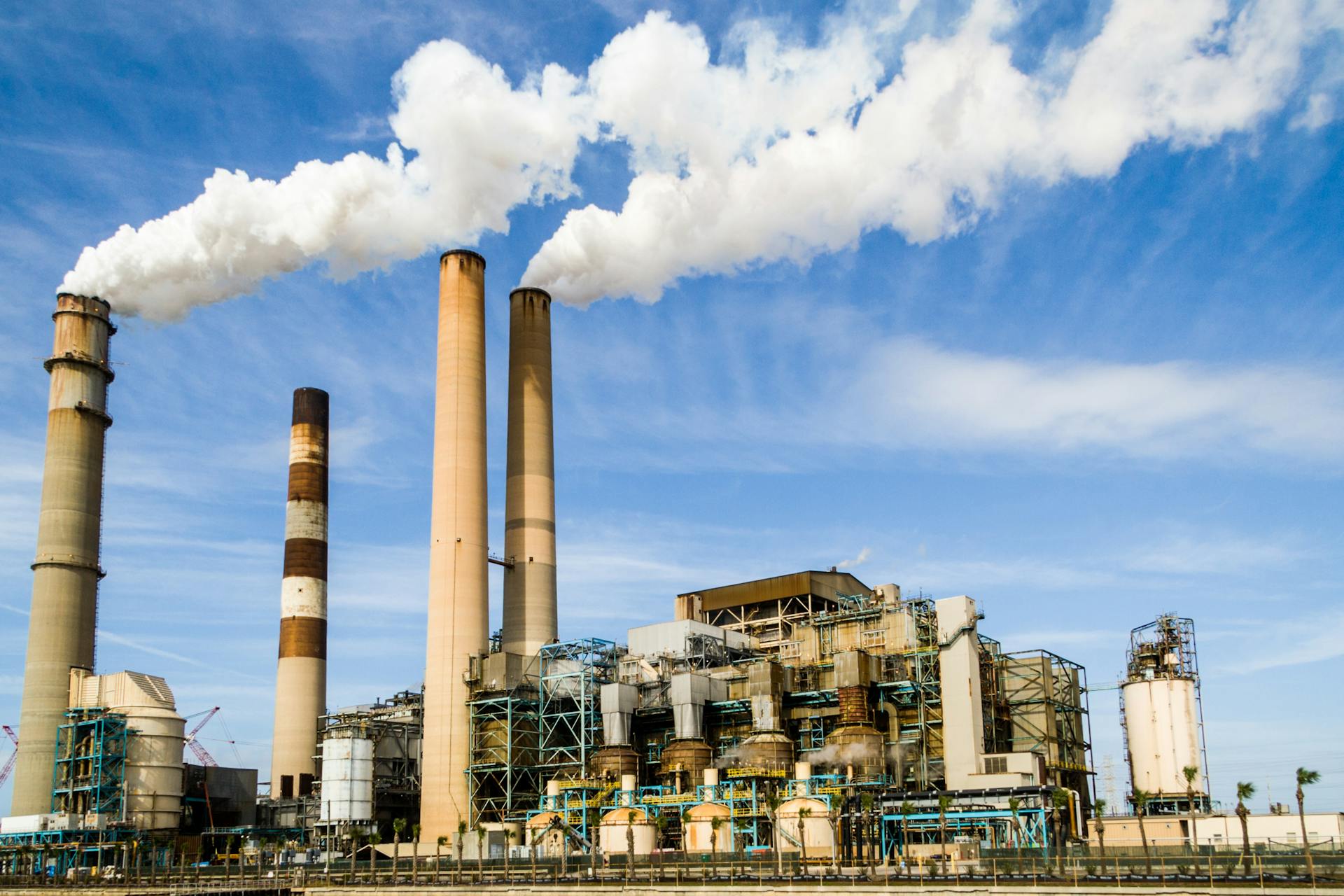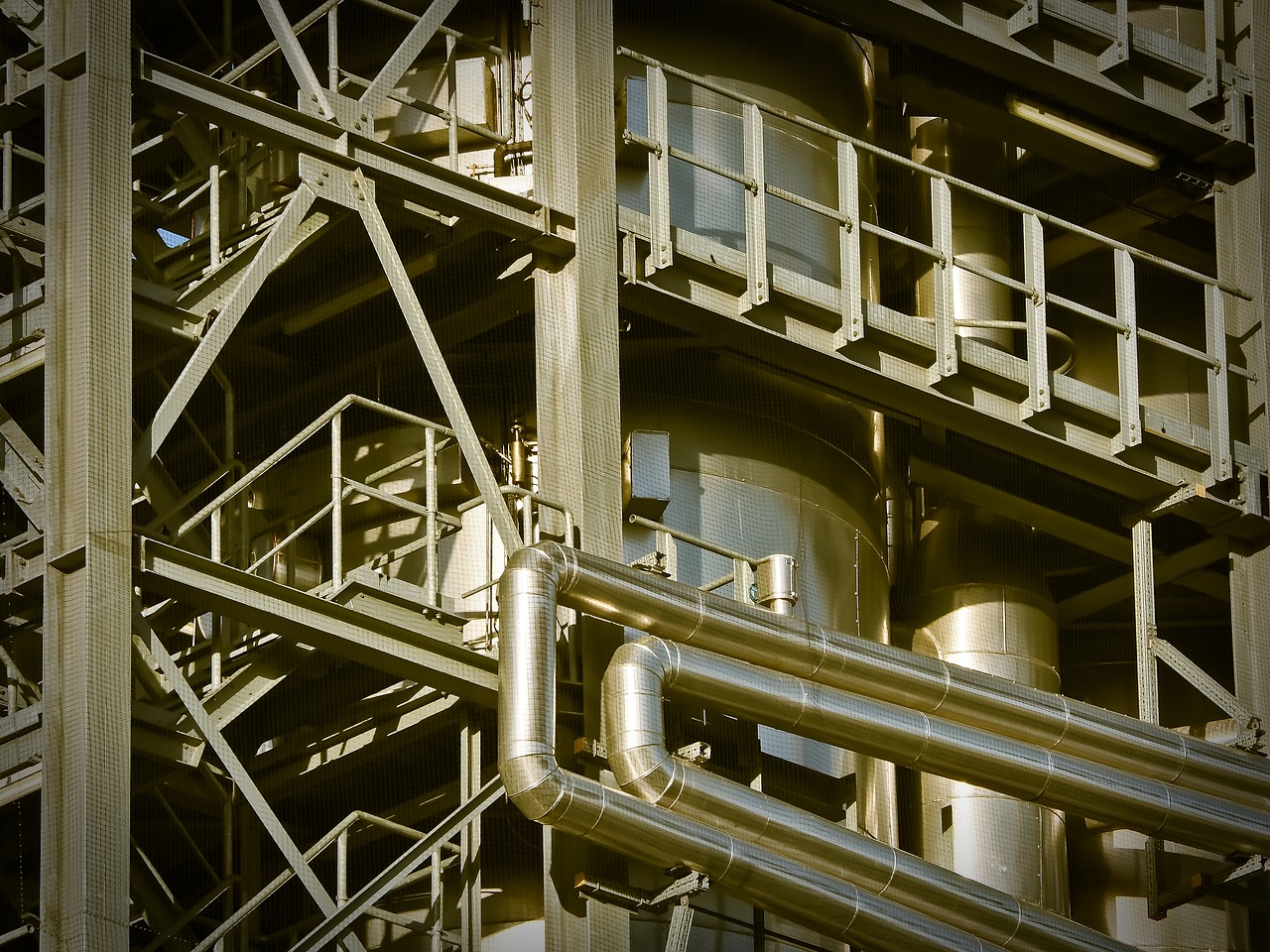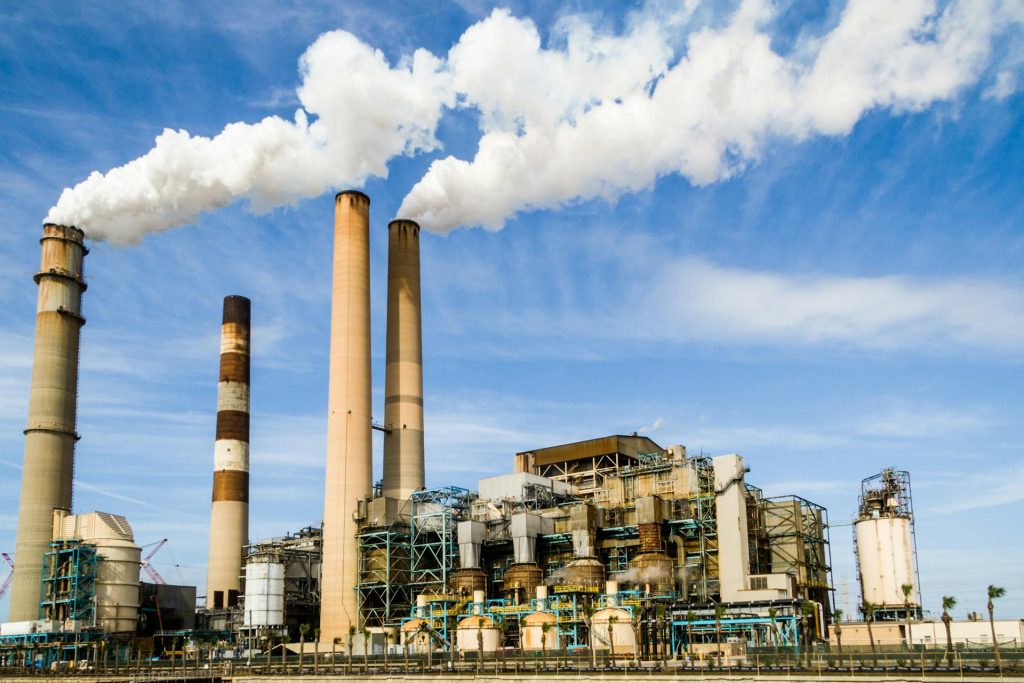In industrial environments where heavy machinery, sensitive components, and complex processes interact daily, cleanliness is often seen as a basic maintenance task. Its long-term influence on equipment health, operational efficiency, and regulatory compliance is far more significant than many realize. A clean facility is not just a reflection of good housekeeping; it is a strategic asset that supports productivity, safety, and profitability.
Dust, grease, corrosion, and residue from raw materials can silently impair the performance of industrial systems. When left unchecked, even minor cleanliness lapses can result in costly breakdowns, regulatory penalties, and reputational damage. Understanding the deeper implications of cleanliness allows industrial facility managers and operations teams to make informed decisions that positively affect their bottom line.

Preventing Equipment Degradation and Extending Lifespan
Industrial equipment is a significant capital investment, and preserving its value is a top priority. Regular cleaning of machinery surfaces, internal components, and hard-to-reach areas helps prevent the buildup of harmful contaminants such as oil, chemicals, and particulate matter.
These substances can corrode metal parts, clog filters, and wear down moving components. Implementing a structured plan for cleaning for industrial facilities is one of the most effective ways to protect machines from premature failure. This often includes degreasing engines, pressure-washing mechanical systems, and clearing ventilation ducts to prevent overheating. Cleanliness helps preserve the functionality of equipment, reduces the need for expensive repairs, and ultimately extends the service life of costly assets.
Enhancing Operational Efficiency
A clean workspace directly correlates with efficient operations. When machines run without obstructions or residue interfering with moving parts, they operate more smoothly and consistently. In production lines, this means fewer delays, fewer jams, and improved product quality.
Dust and debris can interfere with sensors, automation controls, and cooling systems, leading to inaccuracies and malfunctions. When these issues occur, they often result in unplanned downtime or quality assurance failures. Clean equipment delivers predictable performance, enabling higher throughput and reduced rework. Scheduled cleaning integrated with preventive maintenance ensures that operations stay on track without unexpected slowdowns.
Reducing Safety Hazards and Promoting Compliance
Cleanliness plays a key role in maintaining a safe work environment. In facilities where liquids, oils, or dust are prevalent, the risk of slips, fires, or explosions can increase. Accumulated debris in electrical panels, welding stations, or exhaust systems may ignite under high-heat conditions. In food or pharmaceutical production, unclean surfaces can introduce biological hazards or cross-contamination.
Routine cleaning mitigates these risks and aligns with occupational safety standards. Many regulatory bodies, including OSHA and the FDA, impose strict cleanliness requirements for certain industries. Compliance with these standards is not optional; it’s important for operating legally and avoiding fines or shutdowns. Documented cleaning schedules and audit trails serve as proof of due diligence and can help facilities pass inspections with confidence.
Maintaining Product Integrity and Brand Reputation
For manufacturers, cleanliness is closely tied to the quality of their final product. Contaminants that make their way into finished goods, whether visible or microscopic, can compromise safety, shelf life, and customer satisfaction. This is true in sectors like electronics, automotive, food processing, and medical device manufacturing.
Customers and suppliers alike judge industrial partners based on their ability to deliver clean, safe, and defect-free products. A single contamination event could lead to recalls, negative publicity, or loss of business. By maintaining pristine equipment and production areas, businesses uphold high standards of quality and reliability, reinforcing their brand in competitive markets.
Supporting Predictive Maintenance and Performance Monitoring
The shift toward predictive maintenance relies heavily on the ability to detect subtle performance changes in equipment. This is much easier when sensors and diagnostics are not obscured by dirt or grime. Vibrations, overheating, and oil analysis all provide vital clues about equipment condition, but only if the environment is clean enough for accurate monitoring.
A well-maintained and clean machine allows service teams to spot leaks, cracks, or abnormal wear earlier. This means repairs can be made proactively before issues escalate into emergencies. Cleanliness supports the visibility and accuracy needed for modern maintenance practices and keeps service intervals on schedule.
Facilitating Better Workforce Morale and Productivity
A clean facility has psychological and cultural benefits as well. Employees who work in tidy, organized environments are more likely to take pride in their work and follow operational best practices. On the other hand, cluttered or dirty spaces can breed complacency, reduce morale, and increase employee turnover.
Clear walkways, clean restrooms, and sanitized common areas signal that the company values health and order. This attention to detail can make a facility more attractive to both current employees and prospective hires. It can lead to smoother shifts, improved focus, and fewer workplace incidents.
Supporting Sustainability and Environmental Goals
Cleanliness plays a role in environmental responsibility, too. Facilities that manage and properly clean up spills, dispose of waste correctly, and prevent runoff demonstrate commitment to sustainability. Properly maintained containment systems and equipment reduce the risk of pollutants escaping into soil or waterways.
Reducing water and chemical usage during cleaning is another important aspect. By investing in eco-friendly cleaning technologies, such as steam cleaning, biodegradable solvents, or closed-loop systems, industrial operators can align with green initiatives and reduce their environmental impact while maintaining high sanitation standards.

By reducing risk, avoiding costly failures, and enhancing productivity, industrial cleanliness emerges as a strategic pillar of operational excellence. In an industry where margins are tight and expectations are high, maintaining clean equipment and environments isn’t just a best practice; it’s a business imperative.









